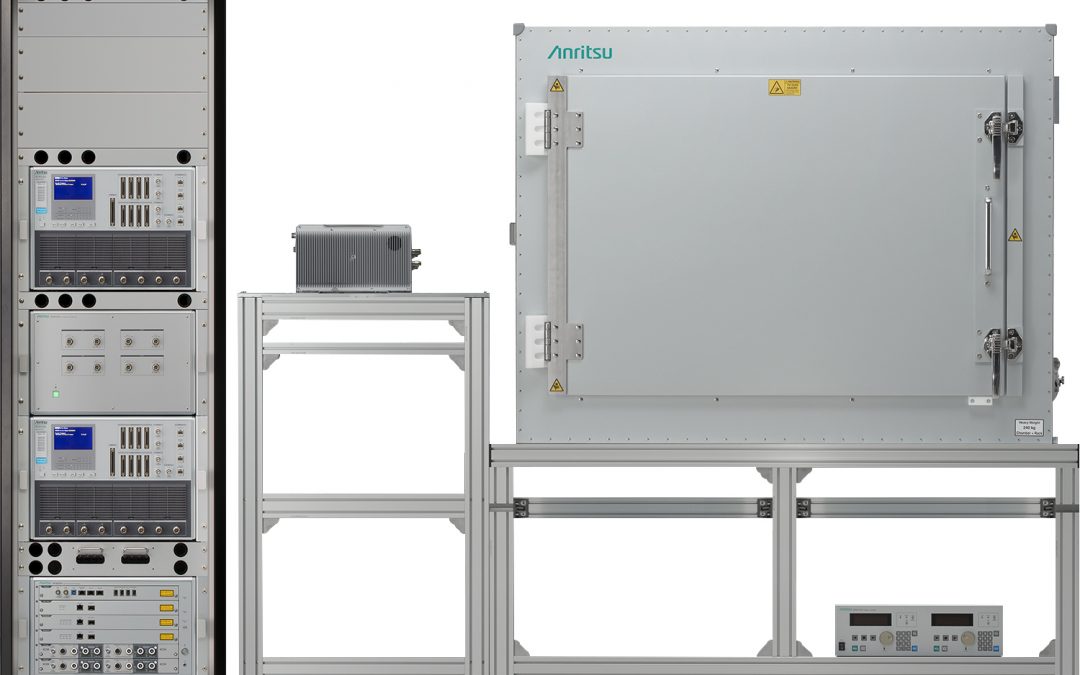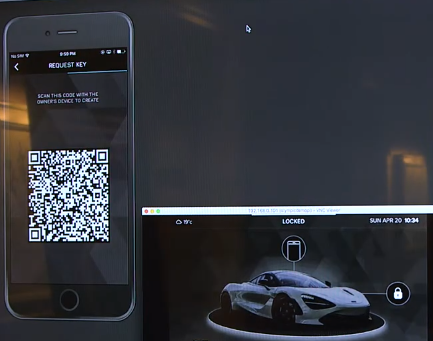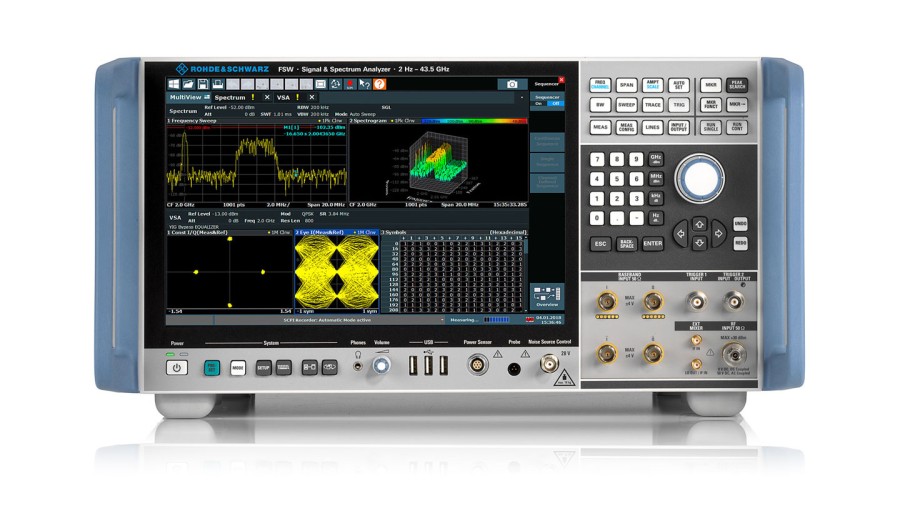This feature from Awanish Mistra, Director of Business Development at NXP looks at the sixth generation of Wi-Fi, known as 802.11ax or simply Wi-Fi 6. This is gaining momentum, building on its combination of high speed, low latency and high device density. Add to that new spectrum allocations, such as the Wi-Fi 6E expansion in the United States, and Wi-Fi has even more room to grow, with added capacity for the ever-increasing number of devices competing for airtime.
System designers can now choose from a range of advanced Wi-Fi modules that make it easier to add next-generation wireless connectivity and take advantage of what Wi-Fi 6/6E has to offer. These highly integrated solutions make it easier to add Wi-Fi to a design and support large-scale deployment across multiple markets, enabling advanced connectivity in everything from connected cars to smart homes and industrial machinery.
But when it comes to really making the most of Wi-Fi 6/6E solutions in an embedded system, it’s important to look beyond the module itself. That’s because the portion of the design that runs between the Wi-Fi module and the antenna – that is, the radio frequency (RF) chain – has a direct impact on performance.
Optimizing the RF chain
The RF chain influences the quality, efficiency and power consumption of Wi-Fi operation and can make a noticeable difference in how the system delivers Wi-Fi 6/6E operation. Unfortunately, though, working with RF signals like those in the RF chain is notoriously hard. Optimizing the RF chain is considered one of the most difficult specialties within electrical engineering to master—some even liken it to “black magic.” As a result, many experienced system designers who haven’t focused on RF in their careers lack the detailed RF know-how needed to deal with the intricacies of RF operation.
That’s why when designers are working with complex wireless protocols like cellular, satellite navigation and Wi-Fi, they tend to use pre-integrated RF solutions, called RF front-ends (RFFEs), to complete the RF chain. The RFFE lets them deploy wireless connectivity without having to learn the many subtleties of RF optimization.
The typical RFFE includes a number of components that work at different stages in the RF chain to eliminate noise and amplify the signal, so transmission and reception work more efficiently. For example, RF filters remove undesired input frequencies and prevent out-of-band signals from saturating input stages, RF amplifiers boost weak signals without adding noise and mixers combine the signals coming from the antenna with stable signals from the local oscillator (LO) to create a signal at the desired frequency.
RFFEs to the rescue
Today’s wireless systems are complex designs that operate in noisy signal environments and often use multiple antennas for Tx/Rx signals. The ideal RFFE effectively orchestrates signals so they don’t interfere with each other and incorporates individual components that are optimized to perform at their best at each point in the RF chain.
With the right RFFE in the design, the system delivers higher Tx/Rx efficiency, extended range and lower power consumption. Wi-Fi signals remain strong over a longer distance, and battery-operated devices can go longer between charges.
At NXP, RF optimization is one of the things we’re known for. Our RF experts have been at the forefront of RF design for more than 30 years. We are recognized for our ability to use process technology to enhance RF operation and offer one of the broadest RF portfolios in the industry.
Our WLAN8101x product family of RFFE solutions for Wi-Fi 6/6E use our 0.14 µm SiGe:C BiCMOS technology, making it possible to integrate the power amplifier (PA), switch, and low noise amplifier (LNA) into a single chip-scale package, for all the RF blocks in a single device. Other solutions, which use traditional RFFE technologies, may need to split bandwidth, expand the size of the die or require more complex routing, adding to the overall complexity of the design. Our RFFEs can also be placed closer to the antenna, further improving power consumption and simplifying the layout.
Mobile Is a Good Example
As an emerging technology, Wi-Fi 6 has great potential across a broad range of categories, including automotive, entertainment, gaming and the Internet of Things (IoT), where new features will enhance Smart Home, Smart City and Industry 4.0. But mobile is one of the areas where Wi-Fi 6 has appeared first – in line with demand for 5G smartphones that also offer Wi-Fi 6 – and mobile is producing some of the earliest examples of real-world performance with our optimized Wi-Fi 6 and RFFE combinations.
One such example is shown in a demo we created for the 2021 Consumer Electronics Show (CES). A group of students meet at an outdoor café to share some study time. They’re all using Wi-Fi 6-enabled devices and want to enjoy a 5G connection to the internet. One of them has a 5G smartphone and initiates a Wi-Fi 6 hotspot for everyone to share. The optimized combination of Wi-Fi 6 and RFFE establishes a fast, stable channel for data transfer and provides higher capacity so everyone can enjoy the fast connection. A little while later, the student who created the hotspot receives an incoming video call, stands up and moves away from the table to take the call. The hotspot connection remains stable, even as the smartphone moves away from the table because the Wi-Fi 6 signal remains strong.

The demo shows how the RFFE enhances Wi-Fi 6 operation by increasing efficiency. The RFFE maximizes the energy savings, enabling longer battery life when transmitting data. The RFFE’s dynamic EVM rating, which indicates signal quality, shows that the Wi-Fi 6 signal experiences only minimal degradation when exposed to noise, distortion and spurious signals, for extended range and higher data rates. The RFFE also yields a very low noise figure for better reception in difficult operating environments.
A compelling combination
The benefits shown in the CES demo – lower power consumption, extended range, higher data rates and better reception – apply to all the Wi-Fi 6/6E use cases we support. We see our unique combination of Wi-Fi 6/6E modules and RFFEs taking Wi-Fi in new directions and creating new interactions and capabilities across a broad range of applications.
Vehicles will be safer, more autonomous and more interactive. The places where people gather, such as concert and sporting venues, will support live streaming and other features that change how we experience a performance or competition. Gaming will be more immersive and more engaging, with augmented reality and virtual reality (AR/VR) experiences available on demand. The Internet of Things (IoT) will continue to expand, bringing AI and machine-learning algorithms that enable new applications in the Smart Home, Smart City and Industry 4.0 categories.
Related Articles

Anritsu, Sony Semiconductor validate industry first Non-Terrestrial Network (NTN) NB-IoT testcase
First NTN NB-IoT Protocol Conformance Tests for have been validated on the 5G NR Mobile Test Device Platform Anritsu Corporation has announced that the first NTN NB-IoT Protocol Conformance Tests for has been validated on the 5G NR Mobile Device Test Platform ME7834NR...

Ellisys Introduces Support for CCC Digital Key Technology
Protocol Updates Aid in Test, Validation, and Debug for Automotive and Consumer Electronics Developers and Test Labs Ellisys, a leading worldwide provider of Bluetooth®, Universal Serial Bus (USB), Ultra-Wideband, and Wi-Fi® protocol test and analysis solutions has...

Rohde & Schwarz 170 GHz power sensors ease use and traceability in the D-band
Rohde & Schwarz is launching the new R&S NRP170TWG(N) thermal power sensor for precise power level measurements in the D-band. The new R&S NRP170TWG(N) sensors from Rohde & Schwarz are used in general R&D for 6G mobile communications, novel sub-THz...
Stay Up to Date With The Latest News & Updates
Our Sponsors
Incisor.TV partners with leading organisations in the technology sector.
Follow Us
And stay up to date with our news! We are active across the key social media platforms – please do follow us!





0 Comments